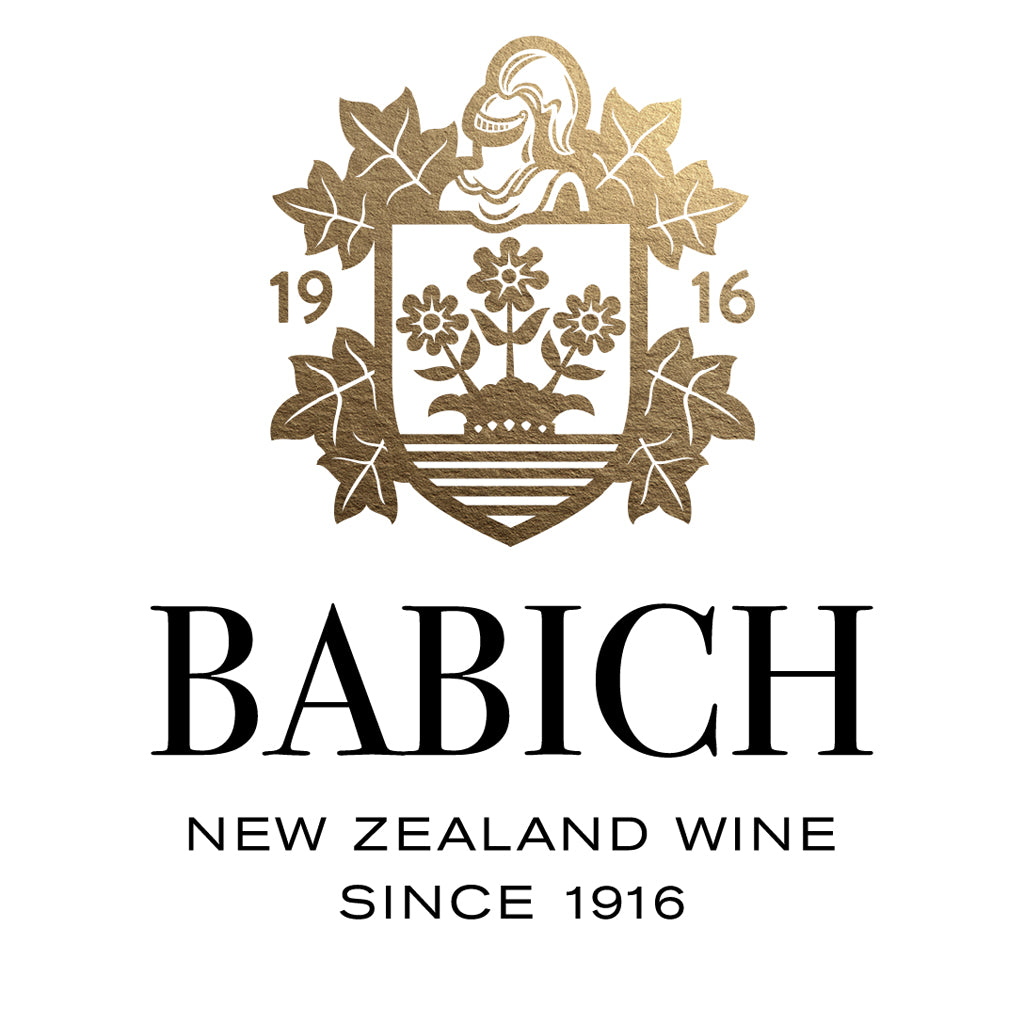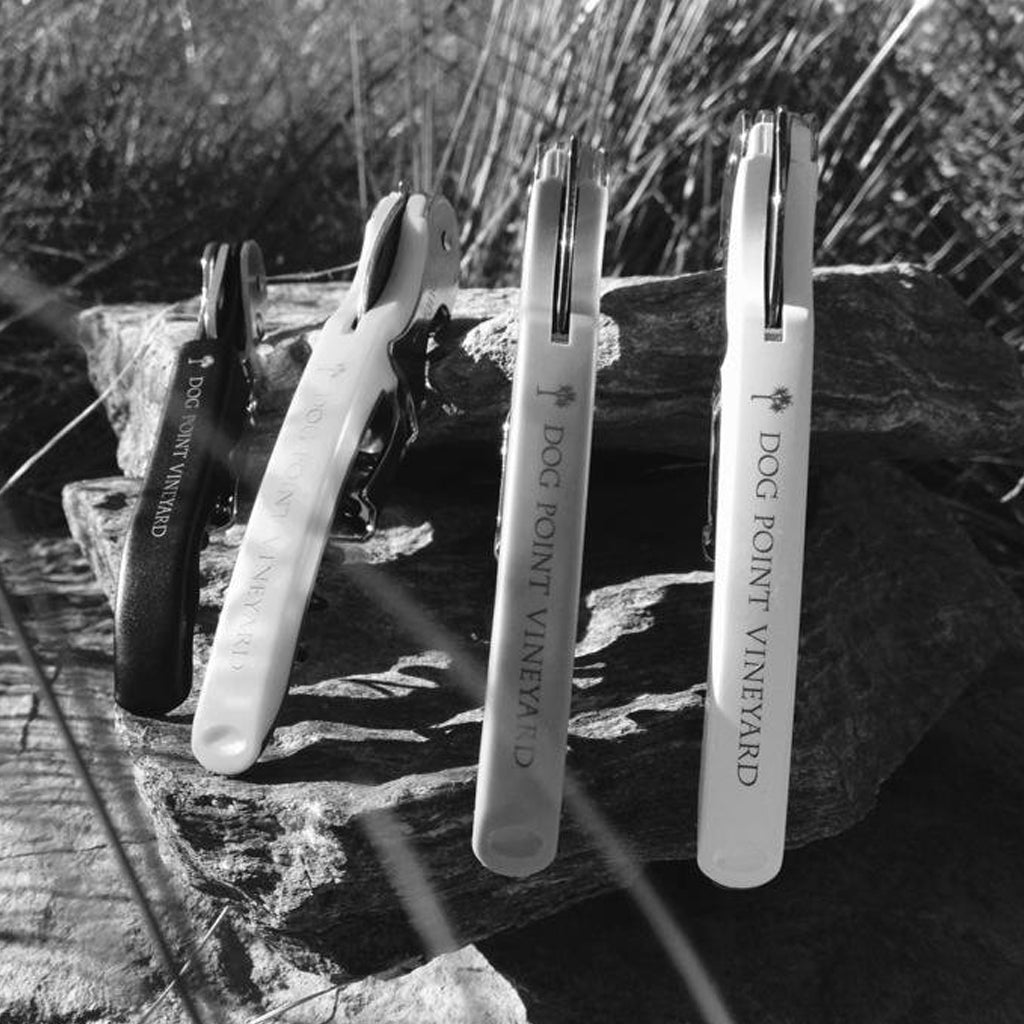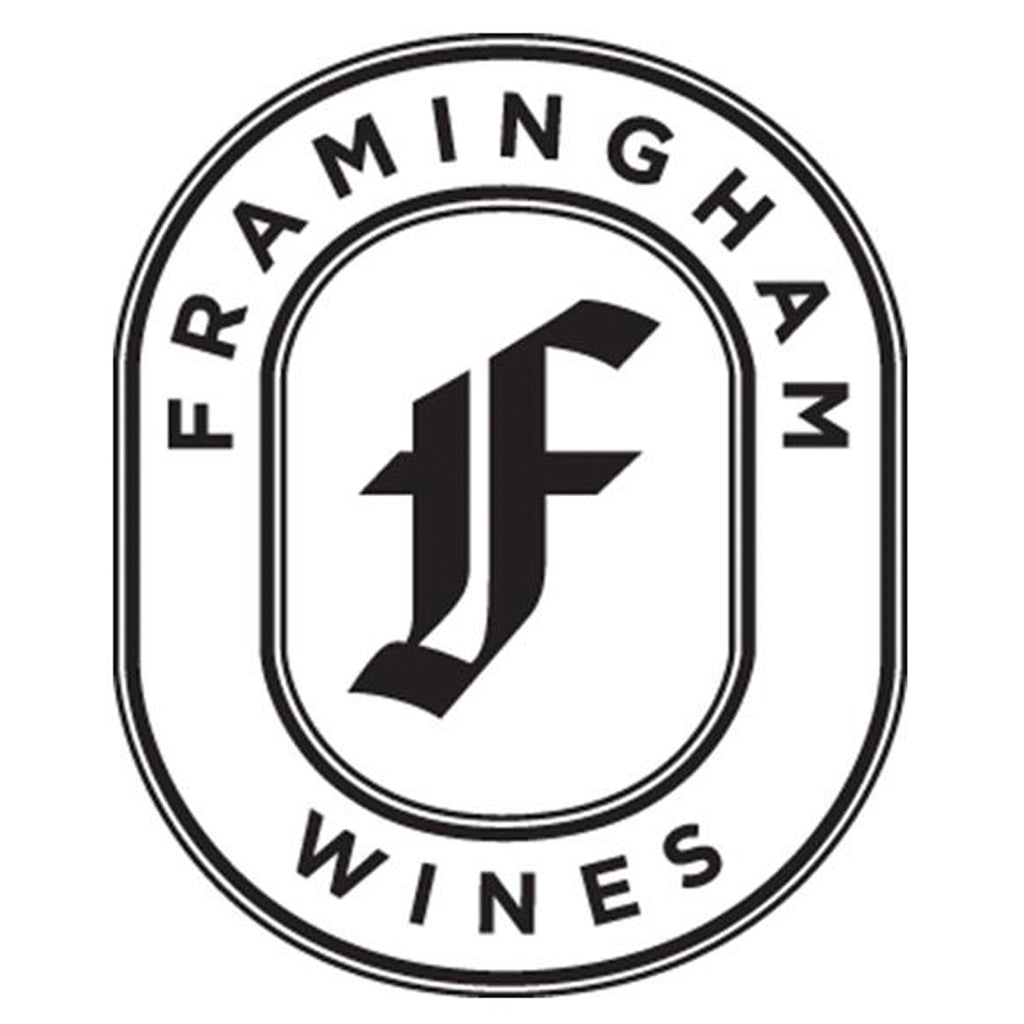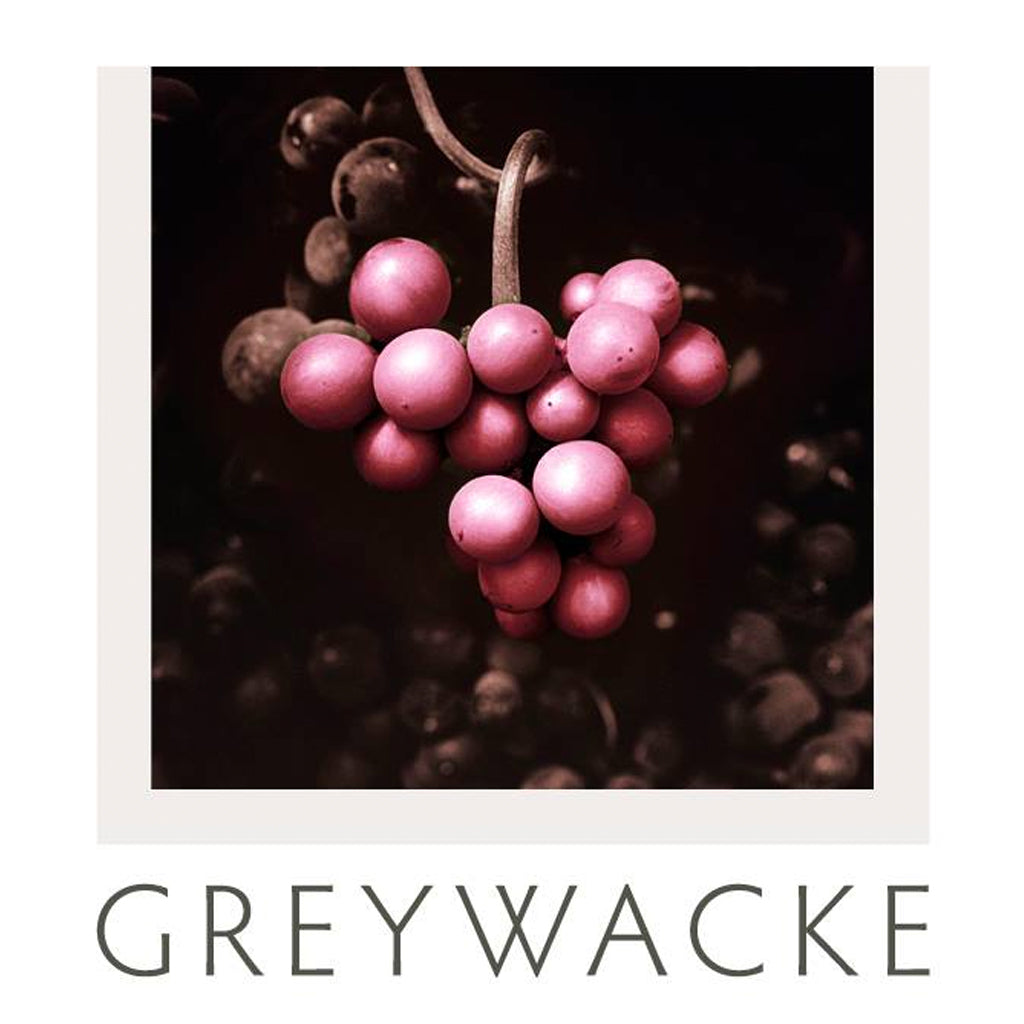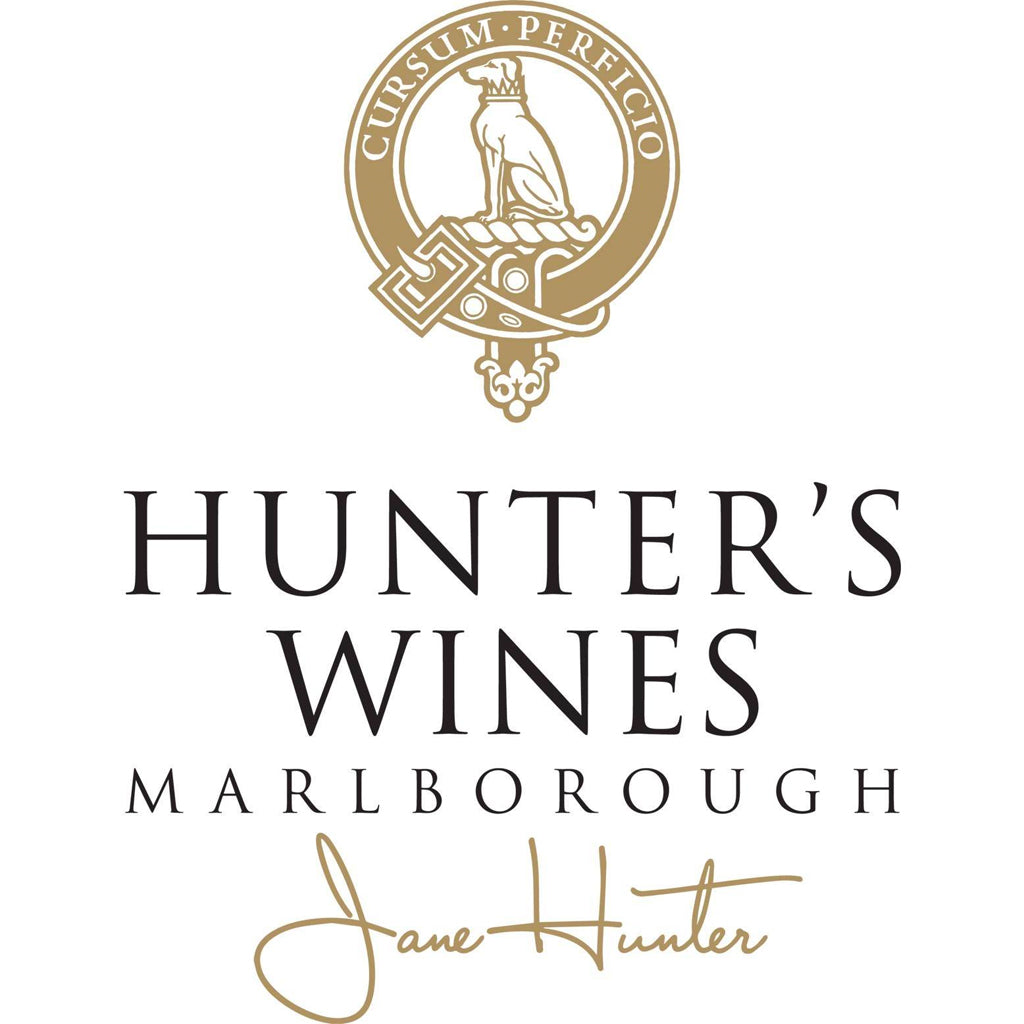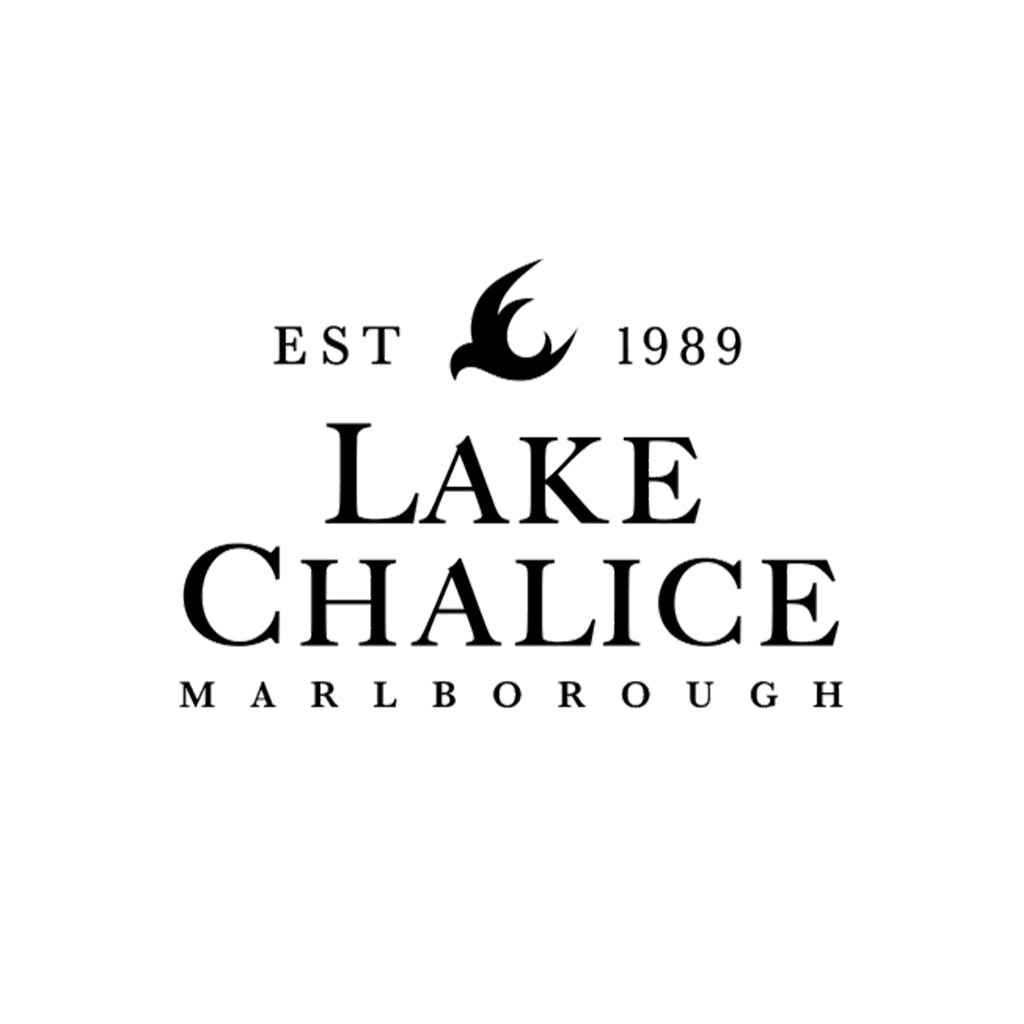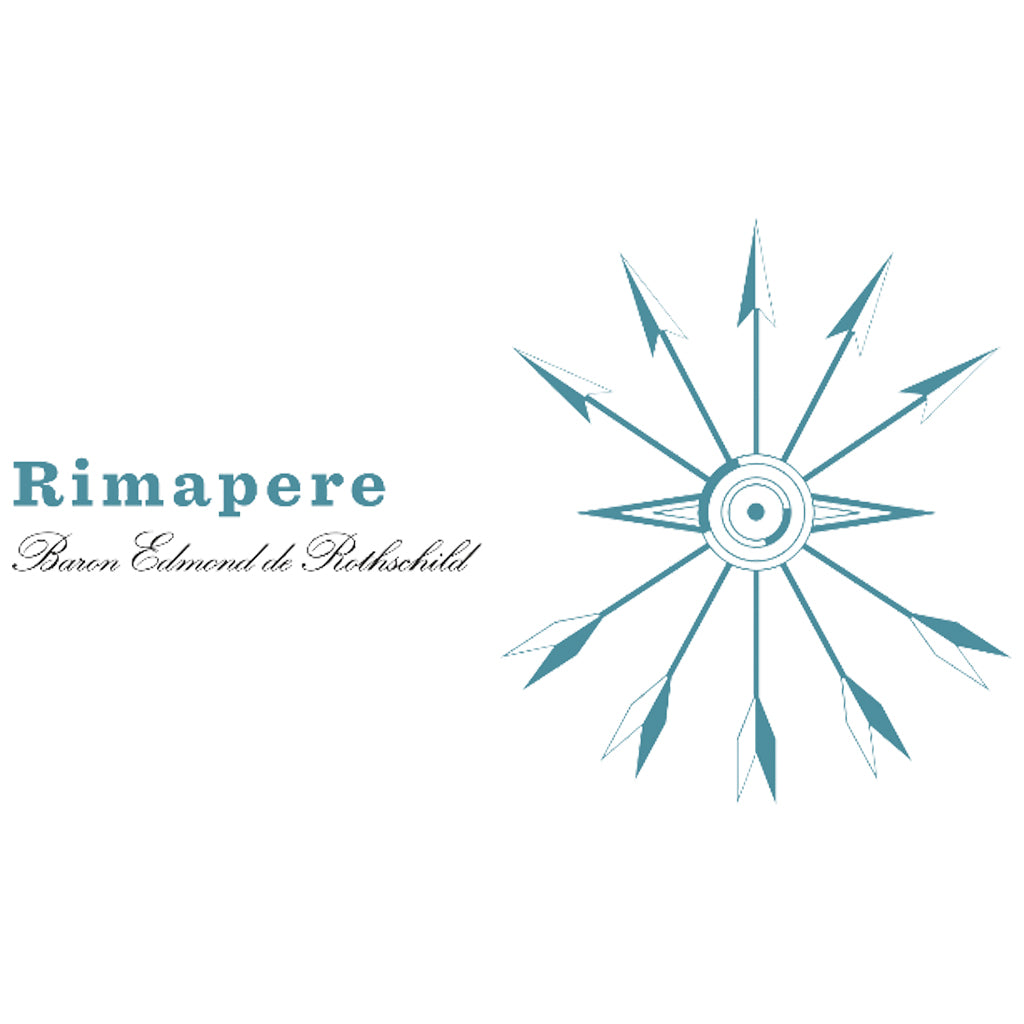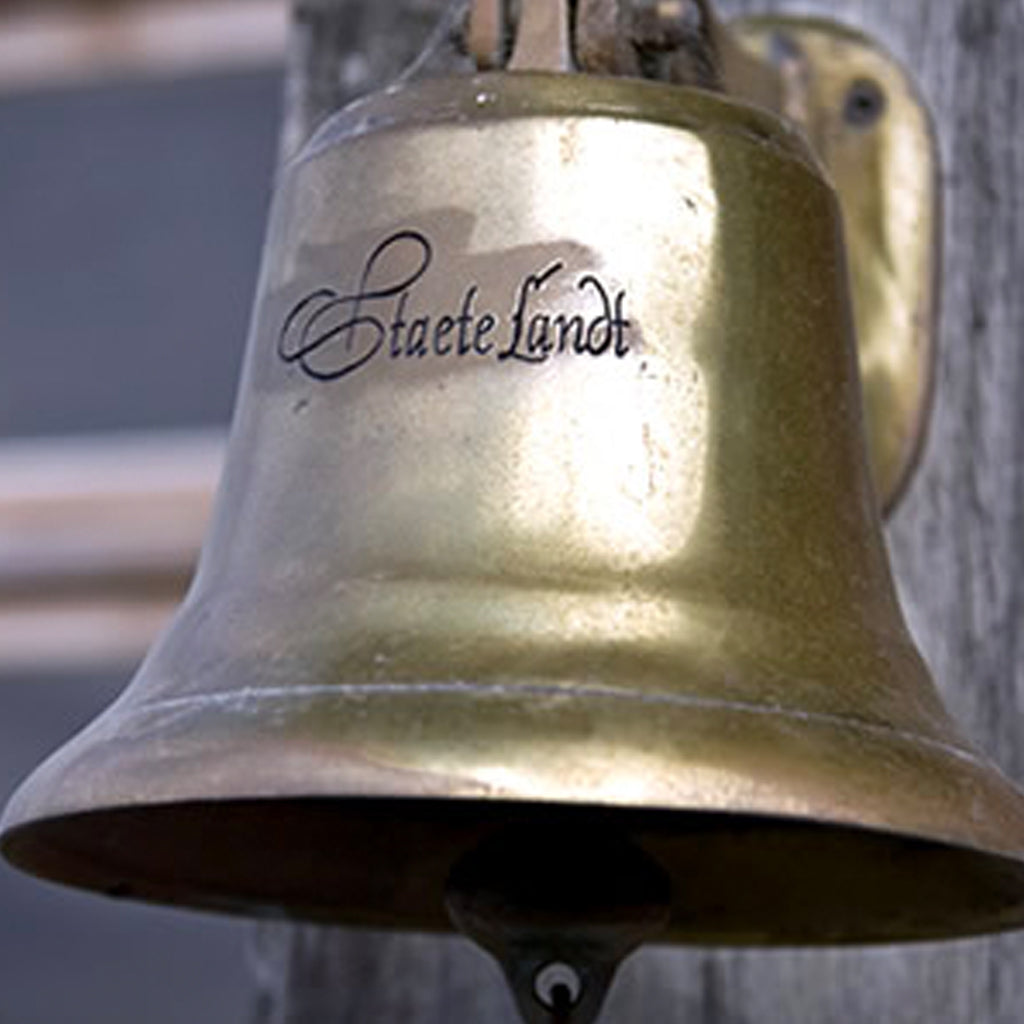New Zealand | Marlborough

When the first Marlborough vines were planted in 1973 few people predicted that the region would become New Zealand's largest and best known wine-growing area in little more than 20 years.The distinctive pungency and zesty fruit flavours of the first wines captured the imagination of the country's winemakers and wine drinkers alike and sparked an unparalleled boom in vineyard development.
Worldwide interest in Marlborough wines, particularly the Sauvignon Blanc styles, has continued to fuel the regional wine boom. The Marlborough wine region is defined by three sub-regions; Wairau Valley, Southern Valley and the Awatere Valley. They may be close in proximity to each other, but the differences in style and flavour are vast, allowing wine drinkers to explore the full range of fruit flavours and styles.
The Wairau Valley sub-region is Marlborough’s first and most northerly planted vineyards. Located primarily on river beds, the soils have a high composition of river stones which reflect light and heat into the canopy, resulting in their distinctive tropical fruit characteristics.
Located to the South of the Wairau plains is the Southern Valley region. The soils are typically higher in silt, gravel and clays, and air descending from nearby ranges, results in a cooler, later ripening climate. Flavour profiles typically reflect citrus and stonefruit characters.
The Awatere Valley is the southernmost, coolest and driest of Marlborough’s wine growing regions. It's proximity to the coastline and strong offshore winds produce bright, aromatic Pinot Noir and dramatic, distinctive Sauvignons, both of which are attracting increasing international acclaim.
Sauvignon Blanc is the most planted grape variety and may be the star, but Marlborough has also earned an enviable reputation for Méthode Traditionelle sparkling wines as well as a wide range of both white and red table wines.
Our Producers
Explore Wines
From£17.50
From£25.00
From£23.00
From£23.00
From£20.00
£14.00
£15.75
From£18.50
£82.00
£88.50
£24.00
£30.00
£14.00
£17.50
From£14.75
From£23.50
- ←
- →




